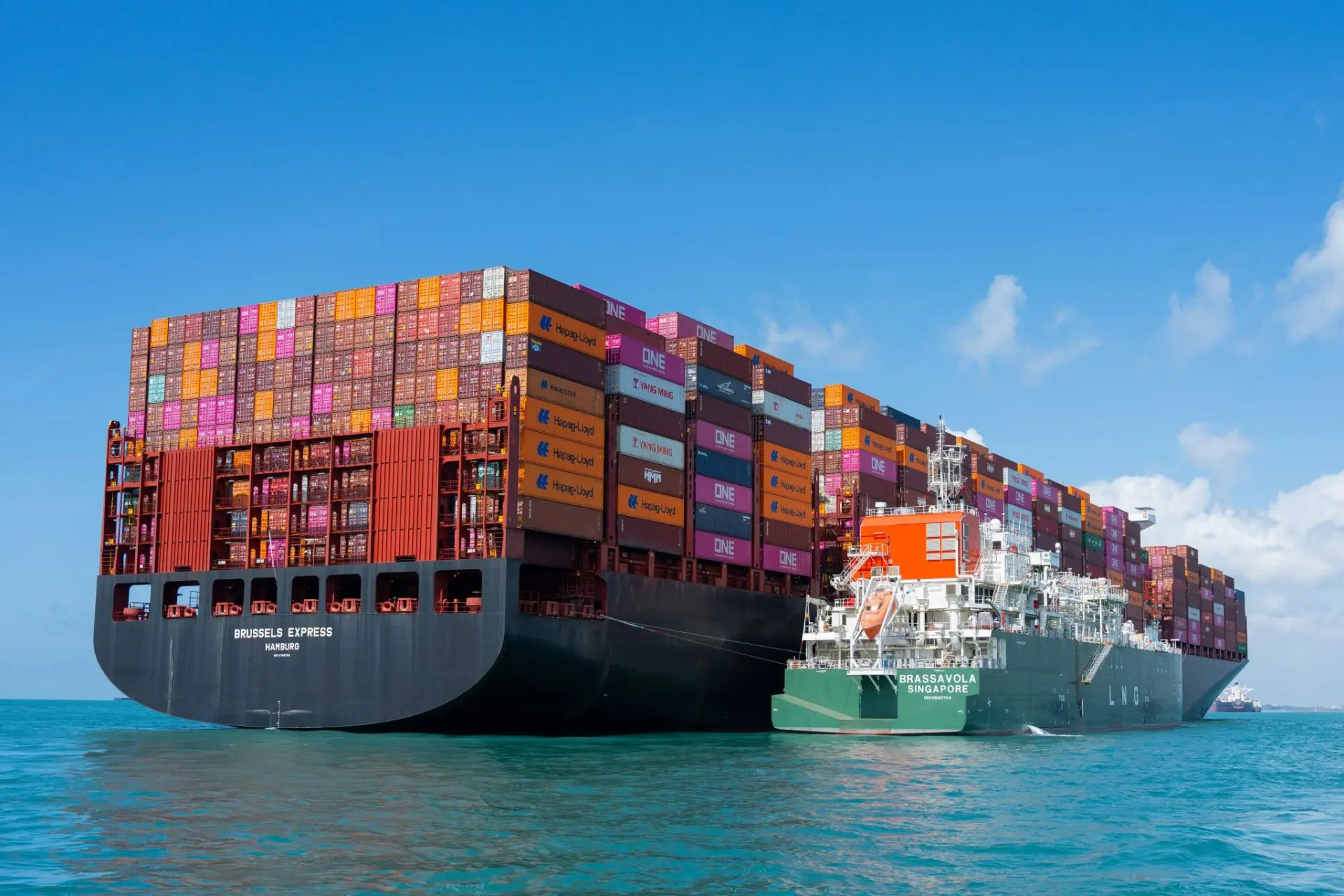This story requires a subscription
This includes a single user license.
According to the latest figures from DNV’s platform, 17 new orders for alternative-fueled vessels were placed last month.
LNG was the biggest driver, accounting for nine vessels, most of which came from the container segment. The remaining eight orders were for methanol-fueled vessels.
Although it was a relatively slow month for alternative fuelled vessel orders, it follows the two strongest months of the year in July and August, where 81 and 95 new orders were placed, DNV said.
In both months, LNG was the main fuel of choice, accounting for 53 and 55 new orders respectively.
Orders for LNG-powered vessels up 57 percent
DNV said order uptake continues to be dominated by the container segment, which accounted for around two-thirds of all orders in the third quarter of 2024.
Overall, the steady momentum in the alternative-fueled order book remains.
A total of 370 alternative-fueled vessels were ordered in the first three quarters of 2024, representing year-on-year growth of 24 percent, DNV said.
DNV said 169 LNG-powered ships were ordered during the period, a rise of 57 percent year-on-year, while orders for methanol-powered ships dropped 1 percent to 133 vessels.
DNV’s data previously showed that 130 LNG-powered vessels were ordered last year, down from 222 in 2022.
“Despite a slow month in September, a broader view confirms that the momentum in the new order market towards alternative-fueled vessels remains strong. LNG is clearly the headline story since the summer, accounting for around 60 percent of all alternative-fueled new orders in the third quarter mainly thanks to a strong uptake in the container segment,” Jason Stefanatos, global decarbonization director at DNV Maritime said.
“Although 49 new orders for methanol-fueled vessels were registered in the third quarter, only eight of these were placed in September, demonstrating a slight stagnation,” he said.
609 LNG-powered ships in operation
DNV’s platform shows that there are now 609 LNG-powered ships in operation and 565 LNG-fueled vessels on order.
Moreover, 123 LNG-powered containerships and 78 LNG-powered crude oil tankers are in operation, followed by 68 oil/chemical tankers and 57 bulk carriers.
As per vessels on order, LNG-powered containerships account for a big part of the orders with 254 units. Shipping firms also ordered 152 car carriers, 45 oil and chemical tankers, 44 crude oil tankers, and 26 cruise ships.
These statistics do not include smaller inland vessels or dual-fuel LNG carriers.
61 LNG bunkering vessels and 261 LPG-powered ships
Besides LNG-powered vessels, there are 61 LNG bunkering vessels in operation and 13 on order, the platform shows.
In addition to 1174 confirmed LNG-powered ships, the fleet powered by alternative fuels includes 367 methanol-fueled vessels, 261 LPG-powered ships, 40 hydrogen-fueled vessels, and 27 ammonia-fueled vessels.

